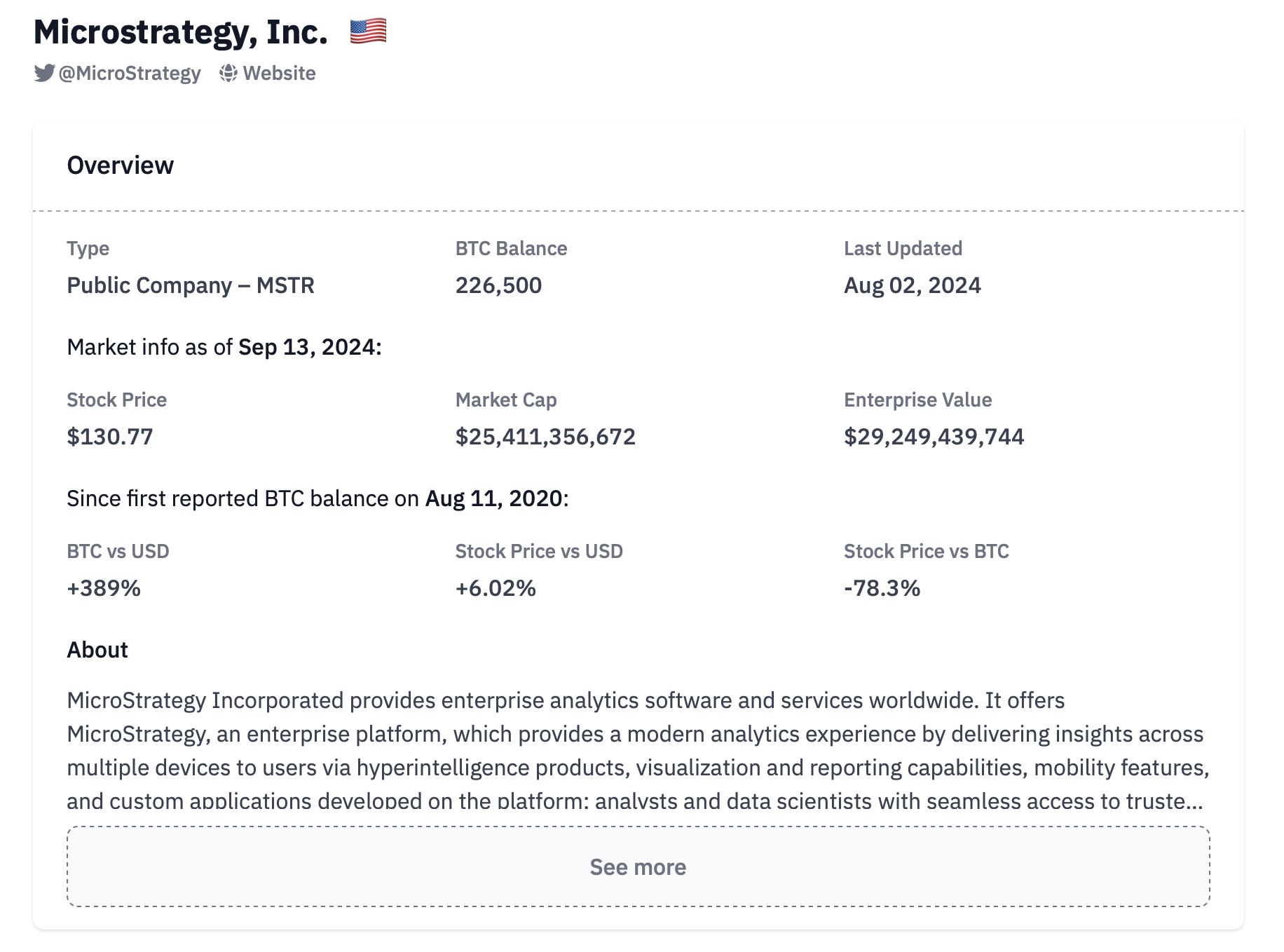Software company run by Bitcoin advocate Michael Saylor MicroStrategyBitcoin (BTC) $57,974 has increased its assets once again. The company recently announced that it has purchased 18,300 more BTC for approximately $1.11 billion. With this latest purchase, MicroStrategy’s total Bitcoin increased its assets to 244,800 BTC worth approximately $9.45 billion as of September 2024.
MicroStrategy’s Bitcoin Accumulation Strategy Is in Full Swing
From a software company to a Bitcoin companyThis latest acquisition is another significant move by MicroStrategy to solidify its position as the largest institutional investor in Bitcoin that has gone public. The company’s aggressive accumulation strategy, which began in 2020, is driven by the belief that Bitcoin is a superior store of value compared to traditional fiat currencies.
Chief Executive Officer of MicroStrategy Michael SaylorHe has frequently expressed confidence in Bitcoin’s long-term potential, arguing that the largest cryptocurrency provides protection against inflation and economic uncertainty.
MicroStrategy’s latest acquisition was funded through a combination of cash reserves and a recently completed $750 million bond issuance. This financing strategy has been the cornerstone of the company’s approach, which allows it to leverage both existing assets and external financing to increase its Bitcoin reserves.
With this acquisition, MicroStrategy now has a total of Bitcoin supplyIt controls about 1.3 percent of the BTC (21 million). The company announced its previous acquisition on August 1, announcing that it had purchased 169 BTC.

Bitcoin’s Initial Response Was Negative
Interestingly, Bitcoin’s response to MicroStrategy’s recent BTC purchase has been negative. The largest cryptocurrency, which traded above $58,000 until recently, dropped to $57,830 after the purchase announcement.
Bitcoin is trading at $57,834 at the time of writing.
Disclaimer: The information contained in this article does not contain investment advice. Investors should be aware that cryptocurrencies carry high volatility and therefore risk, and should carry out their transactions in line with their own research.








